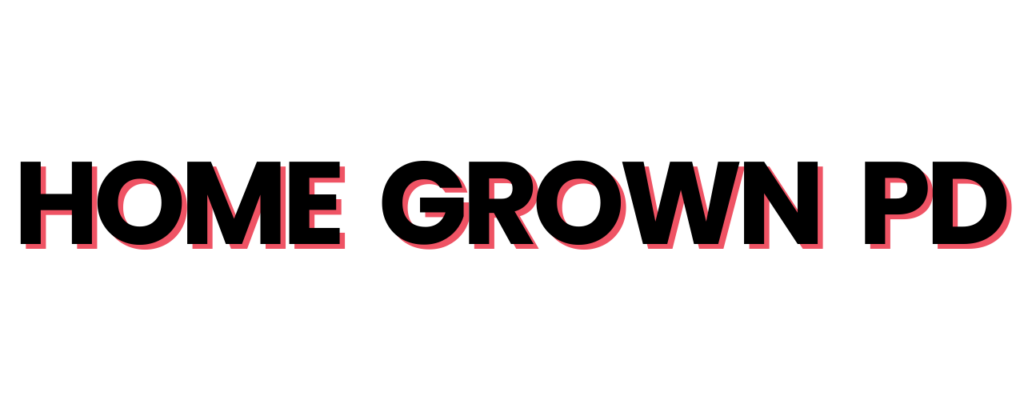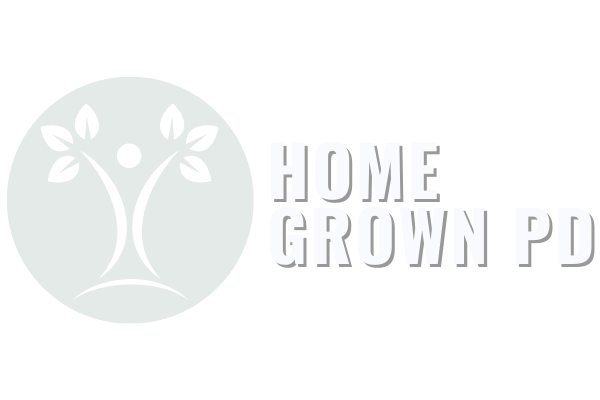Marzano's Strategies: Interacting with New Content
Introduction of New Content
There are three types of lesson segments (Marzano, 2010):
- Segments that involve the introduction of new content;
- Segments that involve reviewing content or practicing content;
- Segments that involve applying content.
Depending upon the length of classes or time blocks at the elementary level, we may see one or all of these segments during a lesson.
INTRODUCING NEW CONTENT:
Students are introduced to new content all the time. It’s considered to be critical in attaining the learning goals that have been set. Research tells us that to enhance the retention of new knowledge:
- students preview new content
- organize new knowledge in a way that can be processed
- summarize new information
- represent new knowledge in multiple ways
- teachers question students
- students self-reflect on new knowledge
SPECIFIC STRATEGIES FOR INTRODUCING NEW CONTENT:
- KWL activities
- present content with a variety of mediums (lecture, demonstration, and video)
- supplement with narratives and anecdotes
- break new content into small, digestible chunks
- after each ‘chunk’, students process by summarizing, making predictions, or in small groups
- students can create inferential questions and then defend their answers
- teacher asks students to record & represent their understanding by summarizing, creating graphic representations, and generating notes
- students can use mnemonic devices or reenact certain events
- after the lesson, students self-reflect with ‘What are you clear/unclear about?’
Source:
Marzano, R. J., Bennett, B., Berliner, D., Brophy, J., Erickson, L., Good, T., Jacobs, H. H., Marzano, J. S., Mayer, R., McTighe, J., Perini, M., Pickering, D. J., Silver, H., Tomlinson, C. A., & Wiggins, G. (2005). On Excellence in Teaching (Leading Edge) (Illustrated ed.). Solution Tree.


